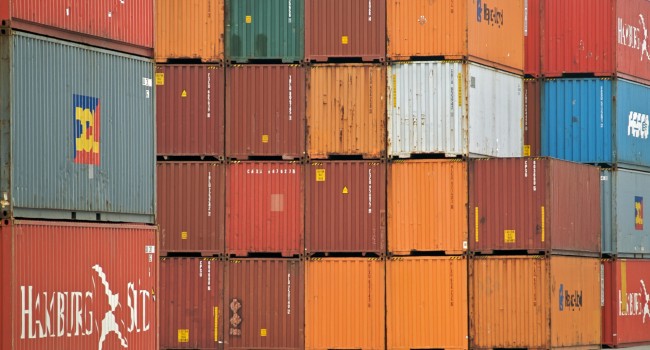Economic productivity per unit of resources — or more simply, the extent to which we are able to produce economic value while using less resources and materials — has slowly improved over time. However, current production systems are still using resources inefficiently. From 2000 to 2021, the global GDP increased by 79% but global material productivity, which represents how much economic value is produced per unit of material in weight, increased by only 6%. One critical inefficiency is food production: 13% of food is lost in production and retailing processes. That is, more than one in nine food products goes to waste before consumers even have an opportunity to purchase them. We need to reduce our material consumption per capita by more than half by 2050; one key step is to make production and distribution more resource/material efficient.
For the economy to thrive without exceeding the global environmental capacity, it is necessary to accelerate the increase of global material productivity. This will also help industries improve resource security and mitigate supply risks caused by geopolitical shocks in importing countries. Information about material productivity by sector and commodity should be collected to identify sectors where improvement is most needed.
Material productivity can be improved by using more efficient design and production methods and more responsive distribution methods to reduce waste. Setting national targets and investing in new technologies creates opportunities for new innovations. More than 2,200 companies monitor their resource use and productivity for better accountability. Material productivity can also be improved by sharing unneeded byproducts and wastes between companies. This approach is one of “industrial symbiosis,” in which the byproduct from one facility is used in another facility. Similar symbiosis approaches on an individual company level, for example, in which retailers and restaurants provide unused products and foods to others who can utilize them more, are also important.
Watch a recording of this insightful discussion on how the world can transition from a “take-make-waste” economy to a circular economy – and in the process tackle climate change, protect biodiversity and promote equity.
